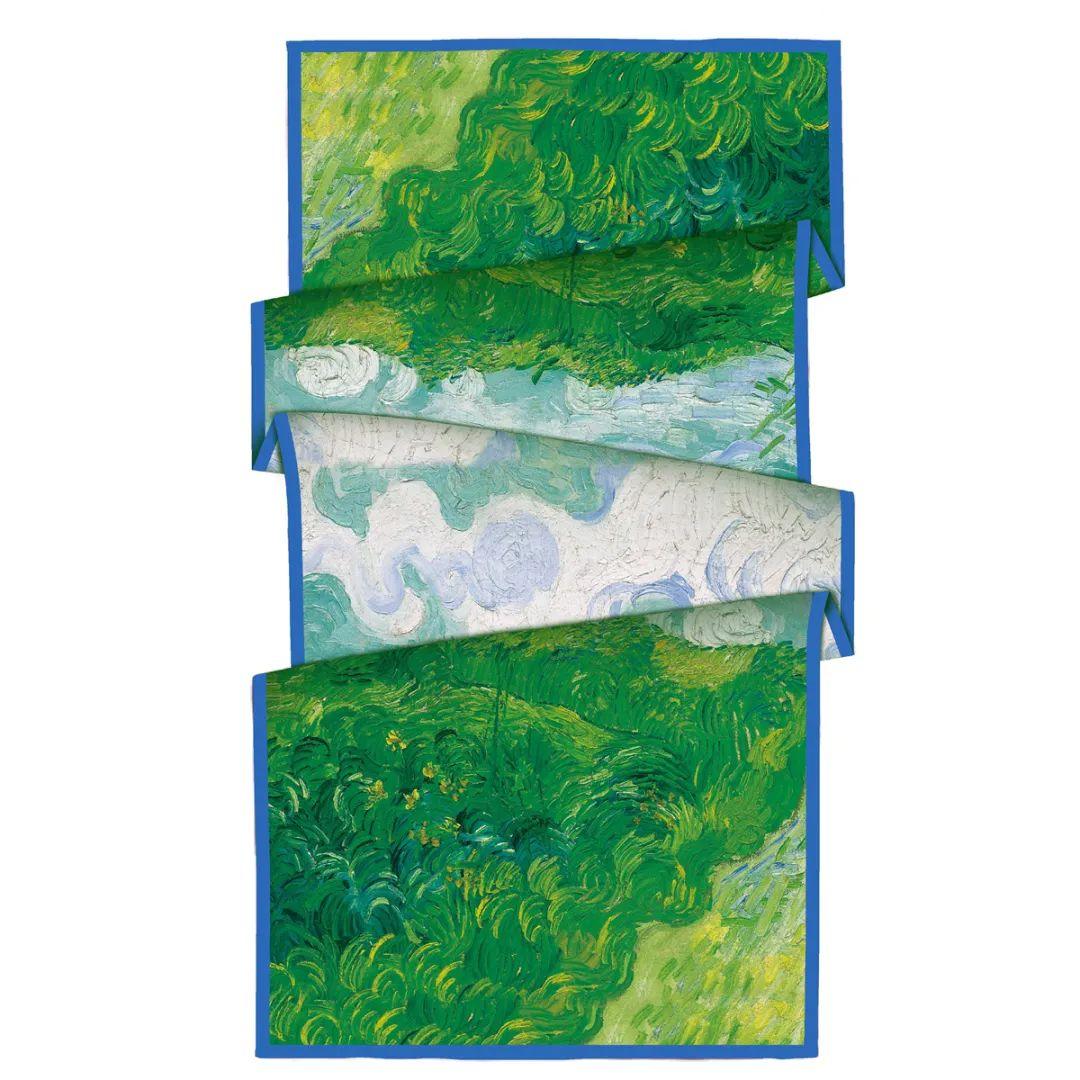The colorful hijab is the pride of the Arabs. Generally speaking, ordinary people tend to wear white or beige hijabs, while royalty and nobles favor blue. Of course, the color of the hijab varies from region to region and tribe to tribe, for example, the mixture of red, yellow and blue hijab is the unique color scheme of the Sultan of Oman.
The choice of turban color is often related to one's status. For example, blue represents nobility, while white represents commoners. In addition, different colors of hijab represent different political positions and religious beliefs. Thus, the color of the hijab has a unique symbolic meaning in the Arab world.

The Arab square scarf (also known as the hijab or turban) comes in a variety of colors and styles, and different colors and patterns usually have different cultural and regional significance. Below are some of the common colors of the Arabian square scarf and what they represent:
Red and white checkered:
Commonly found in Jordan and Saudi Arabia.
Often referred to as “Keffiyeh” or “Shemagh”.
The red and white checkered pattern is considered a symbol of nationalism and patriotism in Jordan.
Black and white plaid:
Particularly common in Palestine.
Often referred to as “Palestinian Keffiyeh”.
The black and white checkered pattern is seen as a symbol of defiance and resistance in Palestine.
Pure white:
More common in Gulf countries such as the UAE, Qatar and Kuwait.
Often referred to as “Ghutrah” or “Dishdasha”.
White symbolizes purity and simplicity and is often used for formal occasions.
Other colors:
There are also other colors and patterns of scarves that may be chosen according to personal preferences or for specific festivals and celebrations.
These square scarves are not only symbols of cultural traditions, but also practical items in daily life, especially in desert areas, the square scarf can protect people from sand and sunshine.


